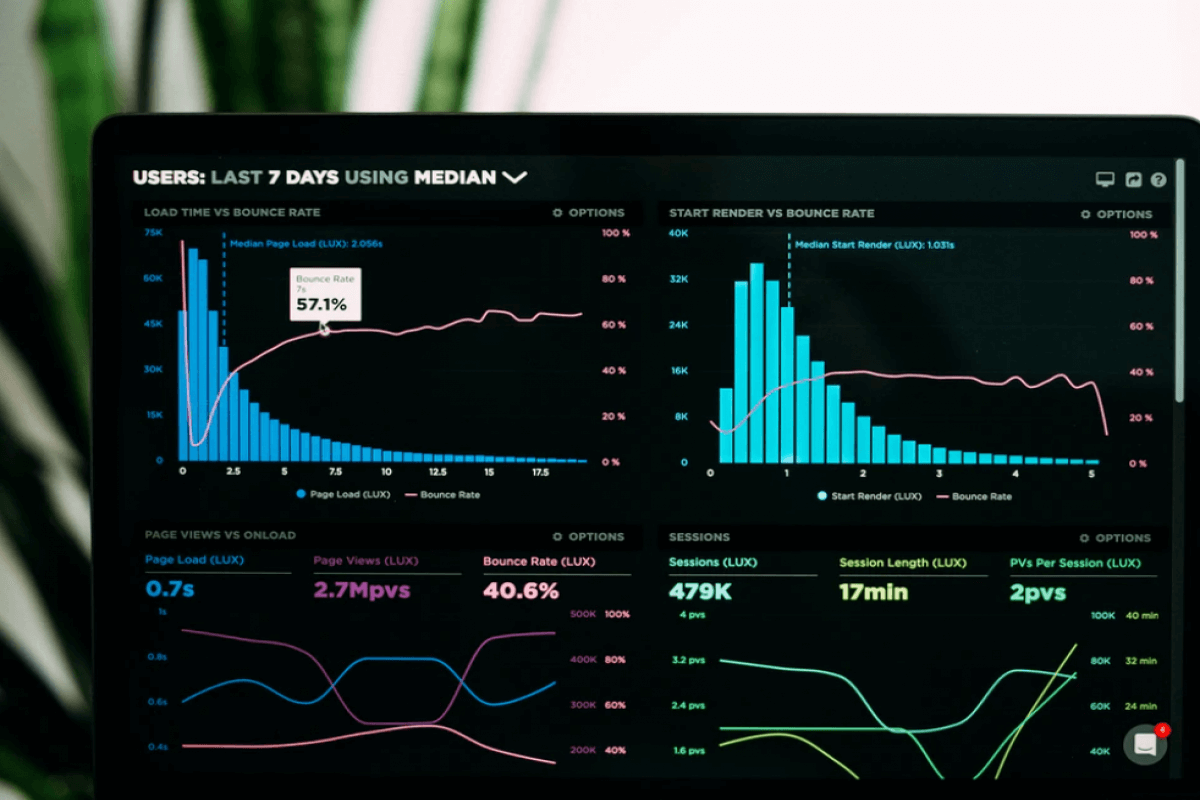
With today's globalized economy, understanding the key distinctions between International Financial Reporting Standards and Generally Accepted Accounting Principles is essential. These two frameworks shape how organizations report financial data, recognize revenue, account for inventory, and present statements to stakeholders. Whether you work for a multinational corporation or advise clients crossing international boarders, understanding IFRS vs GAAP will help you ensure compliance and complete financial reporting.
Origins and governing bodies of IFRS vs GAAP
First, let's level set by understanding the governing boards and how each framework is used.
IFRS
International Financial Reporting Standards (IFRS) is a body of authoritative literature of the International Accounting Standards Board (IASB) considered to be internationally generally accepted. It is designed for use by profit-oriented entities but may be adapted for use by nonprofit entities. IFRS is generally thought of as a “principle-based” set of overarching principles and objectives.
Entities with no public accountability may be permitted in a particular jurisdiction to use IFRS for Small- and Medium-Sized Entities (IFRS for SMEs), which is not considered to be following full IFRS. Although IFRS is used by over 140 countries, there also are national variants, such as European Union (EU) standards, which are not considered to be “full IFRS” unless an entity can make an “explicit and unreserved statement of compliance with IFRS” in its notes to the financial statements.
GAAP
Generally Accepted Accounting Principles (GAAP) is codified in the United States by the Financial Accounting Standards Board (FASB) as authoritative guidance. It is designed for use by both for-profit and nonprofit entities. GAAP is generally thought of as a “rules-based” set of standards, providing more detailed requirements and illustrative examples for specific industries, transactions, events, and disclosures.
However, professional judgment and materiality applies in the preparation and fair presentation of financial statements. GAAP includes alternatives that may only be relevant to nonpublic entities, without creating a distinct set of standards. FASB also tends to have two effective dates for accounting standards updates for different types of entities (e.g., public vs. nonpublic). There are special purpose frameworks, such as modified cash basis financial statements, which are not considered to be “GAAP”.
IFRS vs GAAP: Understanding the key differences
The following are just a few examples of key differences between IFRS and GAAP:
- IFRS focuses on contractual cash flow characteristics and the business model under which certain financial instruments are managed for classification and measurement, while GAAP focuses more on the legal form of the instrument and management’s intent
- GAAP permits the use of LIFO (Last-in, First-out) for inventory valuation, while IFRS does not
- IFRS permits the revaluation of certain long-lived assets to fair value (such as PPP&E and investment property), while GAAP does not
- IFRS permits reversal of inventory and long-lived asset impairment (except for goodwill) up to the original impairment charge, while GAAP does not
- GAAP permits a qualitative assessment test for evaluating goodwill impairment and permits nonpublic entities to amortize goodwill, while IFRS does not
- IFRS permits development costs to be capitalized and amortized, while GAAP requires them to be expensed as incurred (except for certain software development costs)
- IFRS has a single control model in business combinations where potential voting rights are considered, while GAAP has both a voting interest model where potential voting rights are not considered and a variable interest model
- IFRS does not consider events that occur subsequent to an entity’s balance sheet date (such as receipt of debt covenant violation waivers, refinancings of short-term debt obligations, etc.) while GAAP does permit certain facts and circumstances to be considered through the date the financial statements are issued or made available for issuance
- IFRS requires a parent and consolidated subsidiary to have the same reporting date, while GAPP permits differences of up to three months with enhanced disclosure
Why this matters
Understanding the fundamental differences between IFRS and GAAP is essential when working in roles that include or require these actions:
- Negotiating transaction terms with international entities
- Acquiring international entities
- Consolidating subsidiaries or other foreign operations
- Raising capital in foreign markets
- Providing financial statements to an international parent entity or other investors
- Comparing key performance metrics with international peer entities
Converging the IFRS and GAAP
The IASB and the FASB have historically attempted to converge accounting and reporting requirements by addressing major topic projects at the same time. Using revenue recognition as an example, both frameworks follow a very similar five-step model, though the IFRS has broader guidelines compared to GAAP's ASC 606. Also, they treat variable consideration differently, which can lead to different outcomes. Other examples of similarities include fair value measurement, stock-based compensation, and business combinations.
However, the two boards often form different views on key aspects of the rules. For example, IFRS only permits finance lease accounting for lessees, while GAAP requires finance or operating lease accounting depending on the arrangement meeting specified criteria.
Learn more about IFRS vs GAAP with CPE courses
Build your knowledge of IFRS and GAAP frameworks and stay updated on changes with Becker's CPE courses. To learn more, consider these relevant options:
- Lease Accounting: Mastering the Requirements
- Accounting for Stock-Based Compensation
- Accounting and Auditing for Going Concern







